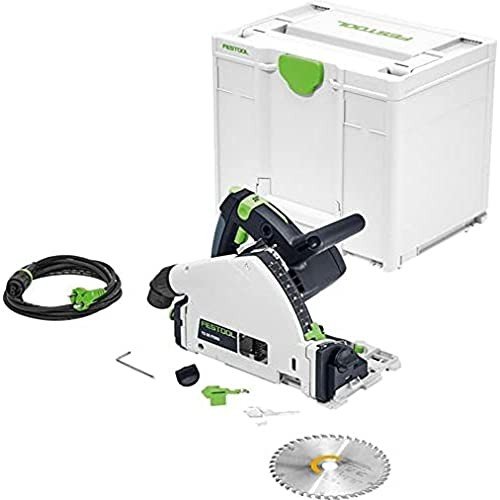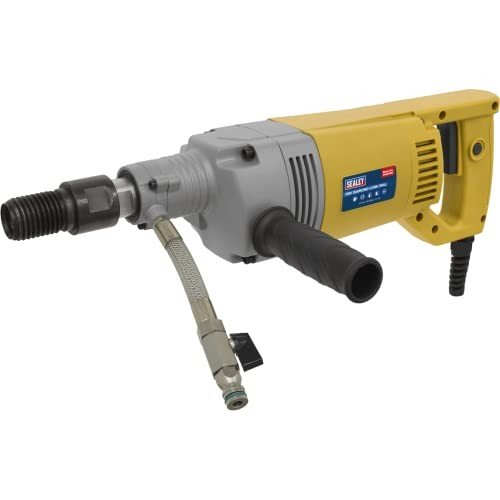The 10 Most Scariest Things About Power Tool Sale
페이지 정보

본문
 Power Tool Sales and Marketing Strategies for B2B Retailers
Power Tool Sales and Marketing Strategies for B2B Retailers Power tools are an essential for both professional and personal use. Despite a slowdown in 2021 due to the COVID-19 pandemic demand remains close to or at pre-pandemic levels.
Power tools are an essential for both professional and personal use. Despite a slowdown in 2021 due to the COVID-19 pandemic demand remains close to or at pre-pandemic levels.In terms of outlet dollar share, Power tool Home Depot leads all outlets in power tool sales. Lowe's follows closely behind. Both are competing against power tools manufactured in China.
Tip 1: Make an Efficacious Brand Commitment
Many manufacturers of industrial products prioritize sales over marketing. This is because the long-term selling process requires a lot back-and-forth communication as well as a detailed understanding of the product. This kind of communication isn't conducive to emotional marketing tactics.
However, industrial tools manufacturing companies must rethink their approach to marketing. The digital age has raced over traditional manufacturers who depend on a small circle of distributors and retailers for sales.
One of the most important factors in selling power tools is brand loyalty. If a client is committed to a certain brand they are less receptive to the messages of competitors. They are also more likely to buy the product of the customer again and to recommend them to others.
You need a well-planned plan to have an impact on the US market. This involves adapting tools to local requirements and positioning your brand in a manner that is competitive and making use of distribution and marketing platforms channels. Collaboration with local authorities and associations, as well as experts is also crucial. You can be sure that your power tool is in line with the standards and regulations of the country when you follow these guidelines.
Tip 2: Be aware of Your Products
In a market where product quality is so important, retailers must be aware of the products they offer. This will allow them to make informed choices about the products they sell. This knowledge can make the difference between making a successful or a poor sale.
Knowing which tool is ideal for a specific project will help you match the right tool to the requirements of your customer. You'll build trust and loyalty among your customers. It will also give you the assurance that you're offering an entire solution.
Understanding DIY culture trends can help you better understand the needs of your customers. For example, a growing number of homeowners are taking on home renovation projects that require power tools. This can lead to a spike in the sale of these tools.
According to DurableIQ, DeWalt is the leader in power tool units with 16 percent. However, Ryobi and Craftsman have seen their shares decrease year-overyear. However the fact that both in-store and powertools online purchases are on the rise.
Tip 3: Offer Full-Service Repair
The majority of consumers purchase power tools to replace a broken one or to tackle a new project. Both of these can be used to increase sales and additional sales.
According to the Home Improvement Research Institute (HIRI) 2020 Tracking Study of Power Tools and Accessories 35 percent of all power tool purchases are the result of planned replacements. These customers often require additional accessories, or require an upgrade to better quality models.
No matter if your customer is a seasoned DIYer or new to the hobby, they'll require replacement of their carbon brushes for power tools drive belts, drive belts, and british power tools cords over time. Making sure they are up to date with these essentials will help your customer get the most out of their investment.
When purchasing power tools, technicians take into consideration three aspects: the tool's application the power source, and safety. These factors aid technicians in making educated decisions about the most suitable tools to use in their maintenance and repairs. This helps them maximize the effectiveness of their tool and lower the cost of owning it.
Tip 4: Always Keep Up With Technology
For instance, the most recent battery tools have smart technology that improves users' experience and sets them apart from other tools that rely on old battery technology. Wholesalers of B2B who stock and sell these tools can increase sales by focusing on professional and tech-savvy contractors.
Karch's business, which has over 30 years of experience, and a 12,000 square feet tool department, is a testament to the importance of staying up-to-date with the latest technology. He states that manufacturers are constantly changing their product designs. "They used to hold their designs for 5 or 10 years but now they alter them each year."
In addition to taking advantage of the most recent technologies, B2B wholesalers should also be looking to improve existing models. By incorporating lightweight materials as well as adjustable handles, wholesalers can reduce fatigue caused by long-term use. These features are essential to many professional contractors who use the tools for a lengthy period of time. The power tool industry is split into consumer and professional groups. This means that the major players are constantly working to improve their designs and come up with new features to reach a wider audience.
Tip 5: Create a Point of Sale
The powertools online marketplace has changed the power tool market. Data collection techniques have improved allowing business professionals to get a better understanding of the market. This allows them to develop more efficient inventory and marketing strategies.
Utilizing information from the point of sale (POS), you can track DIY projects that customers are completing when purchasing power tools and other accessories. Knowing what projects your customers are working on enables you to increase sales and provide extras. It helps you anticipate your customers' needs, so that you always have the right products on your shelves.
Additionally, transaction data can help you to identify market trends and adjust production cycles accordingly. For example, you can utilize this information to track fluctuations in your brand's or market share of retail partners which allows you to adapt your product strategies to consumer preferences. POS data can also be used to optimize levels of inventory, reducing the risk of stocking up. It can also assist you to evaluate the effectiveness of promotions.
Tip 6: Establish a Point of Service
Power tools is a high-profit complex market that requires significant sales and marketing efforts to remain competitive. In the past, gaining a competitive advantage in this market was accomplished through pricing or positioning products. But these methods are not as effective in the current world of omnichannels where information is readily communicated.
Retailers who provide a high level of service are better able to keep customers coming back and build brand loyalty. Mike Karch, president of Nue's Hardware and Tools in Menomonee Falls, Wisconsin is the owner of a 12,000-square-foot department for power tools. His department initially featured a variety of brands. However when he talked to contractors, he realized that they were loyal to their favorite brand.
To make a mark in their customers' business, Karch and his team first ask customers what they want to do with the tool before showing them the tools they have available. This gives them the confidence to recommend the right tool for a job, and also creates trust with customers. Customers who are familiar with their product are less likely to blame their vendor for a tool shop online failure on the job.
Tip 7: Create a point of customer service
Power tool retailers are in a fiercely competitive market. People who succeed in this category tends to be more devoted to a single brand rather than to carry a variety of brands. The amount of space a retailer is able to devote to a particular category can influence how many brands they carry.
When customers visit a store to purchase power tool sale tools they may need assistance choosing a product. Whether they are replacing an old tool that's broken or taking on a renovation project, customers need expert guidance from sales associates.
Mike Karch, president of Nue's Hardware and Tools in Menomonee Falls, Wisconsin, says his sales associates at the store are trained to ask the right questions to make an offer. They begin by asking what the buyer is planning to do with the tool, he adds. "That's the best way to determine the type of tool they need," he says. Next, they ask about the project and what level of experience the customer has with different kinds of projects.
Tip 8: Create a Point of Warranty
The manufacturers of power tools differ greatly in their warranty policies. Some are fully comprehensive, while others aren't as generous or refuse to cover certain parts of the tool at all. It's important for retailers to be aware of the distinctions before purchasing, as customers will buy tools from companies that back them up.
Mike Karch is the president of Nue's Hardware and Tools, located in Menomonee, Wisconsin. He has a 12,000 square foot power tool department as well as a repair shop on site that repairs 50 different lines of tools. He has discovered that a lot of his clients are loyal to a particular brand. Therefore, he prefers to carry a limited number of brands instead of trying to carry samples of different products.
He also appreciates that his employees can get one-on-one time with vendors to discuss new products and give feedback. This type of personal interaction is essential because it builds trust between the store's clients and employees. Good relationships with suppliers could even result in discounts for future purchases.
- 이전글The 10 Most Scariest Things About Power Tool Superstore 25.01.30
- 다음글15 Startling Facts About Power Tool Store You've Never Seen 25.01.30
댓글목록
등록된 댓글이 없습니다.
